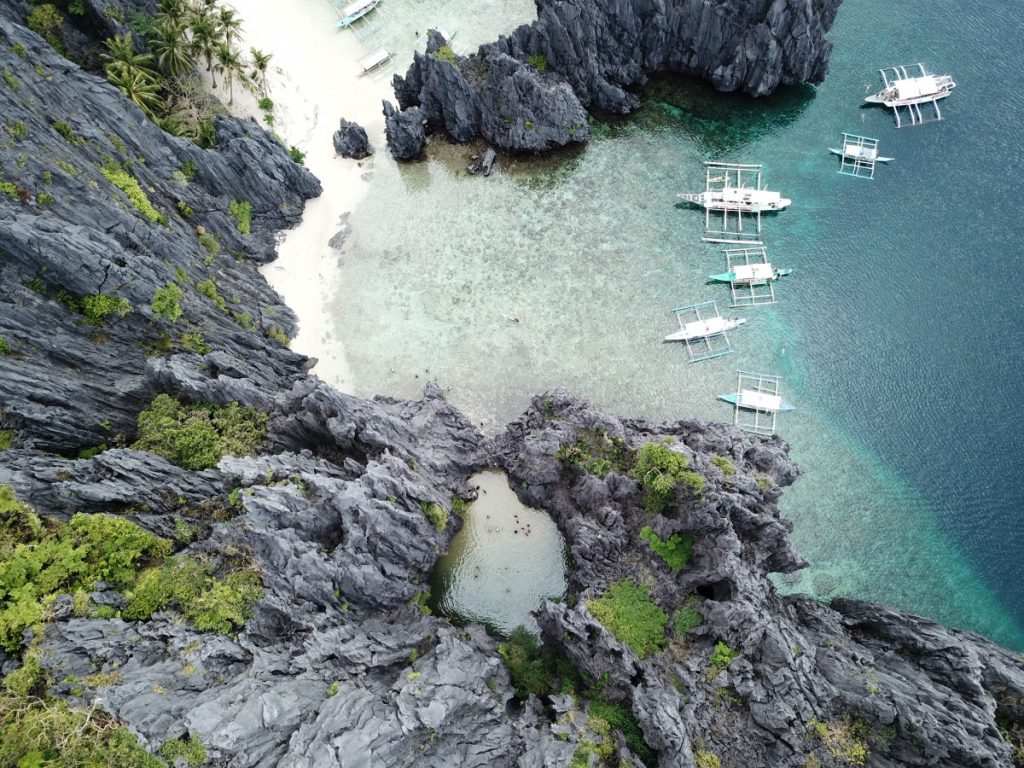Introduction:
The challenges of the 21st century continue to surface as we learn more about the consequences of our consumptive behavior. Our dependence on plastic, our inability to conserve or regenerate our environment, or our slow stubborn transition away from fossil fuels is a growing concern not just for localities such as El Nido but for all global citizens regardless of nationality. There is no one answer for any problem whether its our approach to waste management, extreme weather conditions, our carbon footprint or our transition to renewable energy. However, we need to learn from the examples set-up so we can take what is applicable to further improve our situation. One glaring issue in El Nido is our energy situation.
From the spectrum of local to international there are many challenges in the industry issue and barriers to transition but seeing some of the major successes and efforts around the global are encouraging. Internationally, the dreams of 100% renewable energy is coming to fruition. The governments of Scotland and Denmark both passed legislation mandating 100% electricity by 2020 and 2035 respectively. In Costa Rica 95-99% of their electricity demand comes from renewable sources. There are many international examples the Philippines can look at.
Nationally, the Philippines power rates are one of the highest in the Asia region with prices going up as there is a huge lack of government subsidies on energy. The barriers to solar in the Philippines and particularly to El Nido vary. The high upfront cost of getting the system in place is unaffordable for many small businesses and local citizens. The interest rates on loans are quite high when compared to those in Europe or North America. There are very limited government programs, subsidies or incentives to transition. The typical response from foreign visitors is that we should just be using solar. In the case of many European and North American countries where these visitors are coming from, efficiency of government and economic incentives are more enticing and make these decisions to switch a no-brainer. However, in El Nido there is no grid to sell off any excess energy produced, significantly lowering any return on investment. There is a laundry list of barriers to transition these are just a few.
Local Situation

Locally, in El Nido and Palawan, Palawan Electric Cooperative dominates the brownout scene. As the tourism boom continues to grow, so does the outrage of locals on the town’s electrical grid run by Palawan Electric Cooperative (PALECO). The inefficient grid, the growing demand, and a lack of keeping up with the demand means continued electrical failures. The continuous, frequent electrical outrages experienced in town means that El Nido’s hospitality industry can’t be as hospitable as it would like. The inability to power a town means water that needs to be pumped up can’t be supplied, perishable goods that need to be stored in cooling appliances are down, and the heat and humidity make it very uncomfortable for our guests. The combination of these things leads to complaints from guests, illness for locals and visitors, and a situation desperate for solutions to a growing problem. If you’re reading this as a tourist, some research prior to this trip would have revealed, many of these issues. If you are uncomfortable for the few days that you are here because you have no air-conditioning, remember that many residents have had electrical issues throughout their lives. What we’re usually told is that the power should be back at any moment.
For those on a truly island setting the off-the-grid set up is run by high maintenance, diesel consuming, expensive generators. The carbon footprint on these are typically never looked at, data isn’t gathered, and the impact of El Nido’s tourism is deeply affected. However, the ability to be self-reliant and without the continued fluctuations of means at least there is a continuous supply of energy though at a cost to those operating the machinery and of course to the environment. The issues are quite complicated though one proposed solution that continues to pop up is a transition to solar energy. Don’t worry folks there are local citizens looking for solutions.
Setting Examples- Qi Palawan and Art Cafe
The knowledge of solar is increasing but at a very slow pace with only a few individuals truly making an effort. For example, without a background in solar energy, Bettina Rodarte, owner of Qi Palawan searched every 6 months for a solar provider from 2011-2016. She learned about financing options, compared warranty options, the differences in batteries and eventually found and chose CEnAG Solar for their transition. This German-Filipino group specialized in off-grid solar systems, which was a perfect fit for El Nido. Eventually they moved into the remote barangay of New Ibajay, providing its 1600 citizens. Needless to say they are looking at helping the El Nido community continue transitioning towards solar.
Even with the barriers to transition, we believe it may be easier and more reliable to source energy from 149,600,000 kilometers away than from the town’s grid or from diesel generators. Some business such as Qi Palawan and Art Cafe are already using this source, the sun, which hits the Earth’s surface with enough energy to power the annual global needs in an hour. These examples are slowly giving inspiration to others on the potential of renewable energy, specifically solar, can provide. And remember even when the power is out and the heat drops, try to keep your cool. We are doing everything we can.








